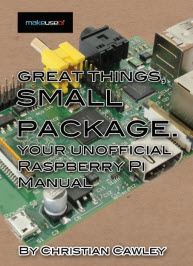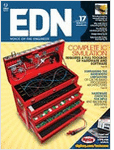Reverse Engineering with Photoshop
If you want to learn Reverse Engineering you can use photoshop as aid tools. For example, This 12-keys keypad failed after years of daily use. No schematic or replacement parts from the original manufacturer. The only option was to replace it with an off-the-shelf telephone-style keyboard.Following the maze of each and every PCB track in […]






